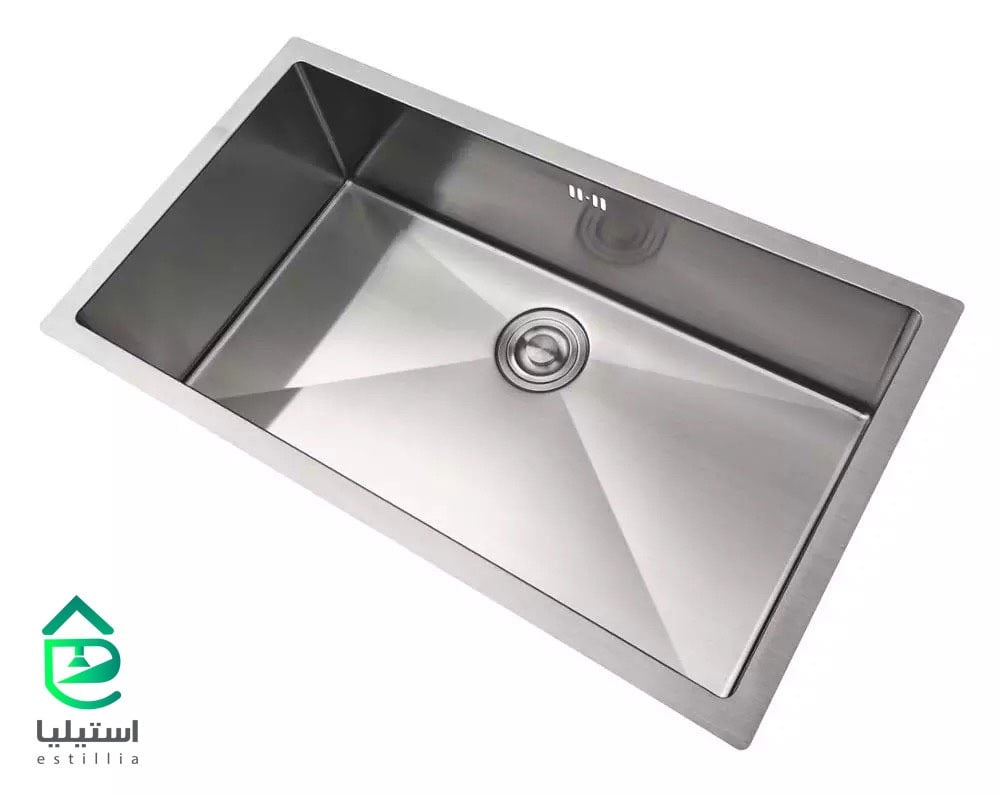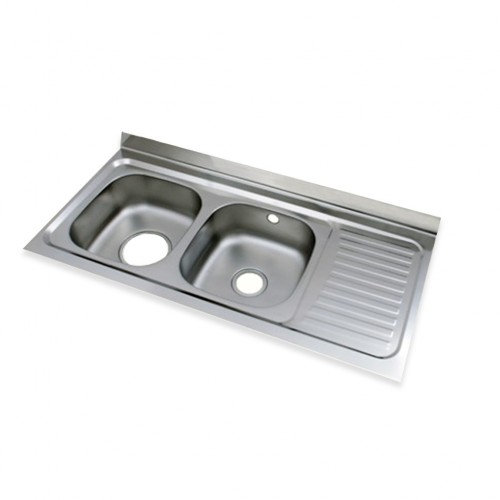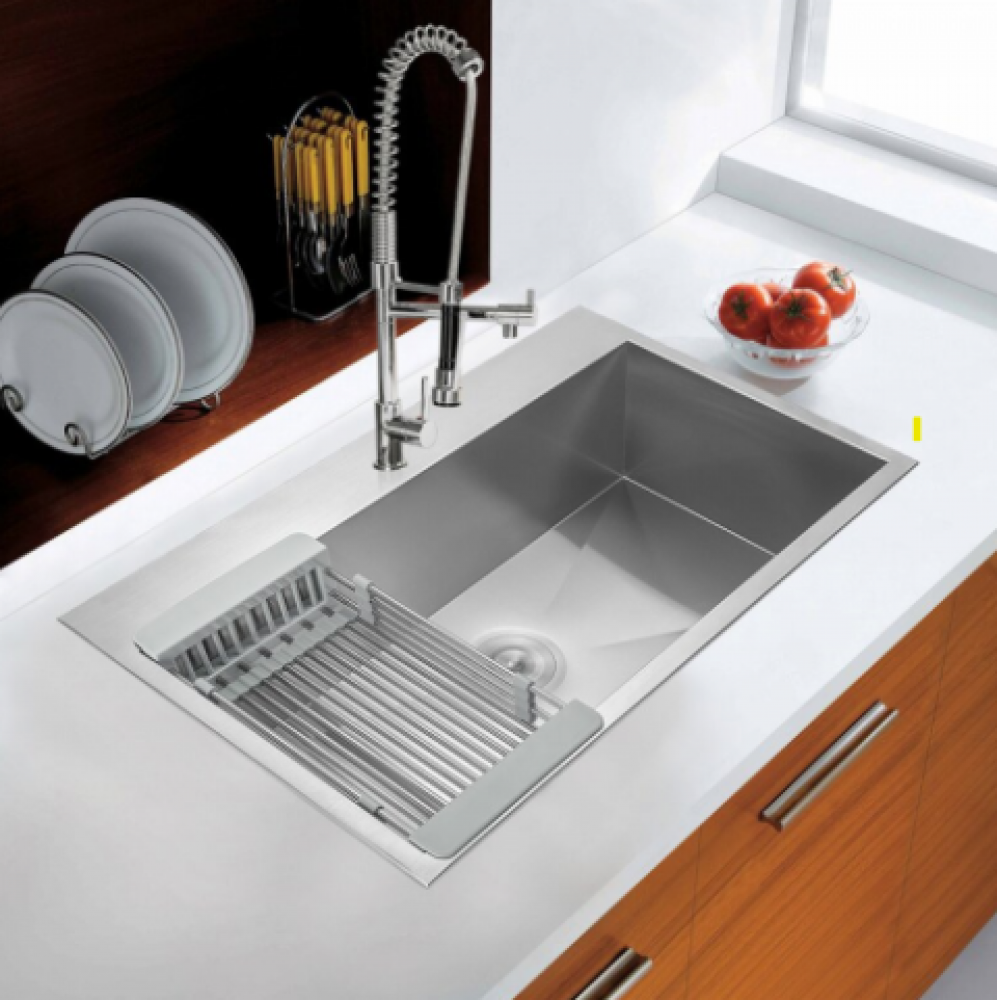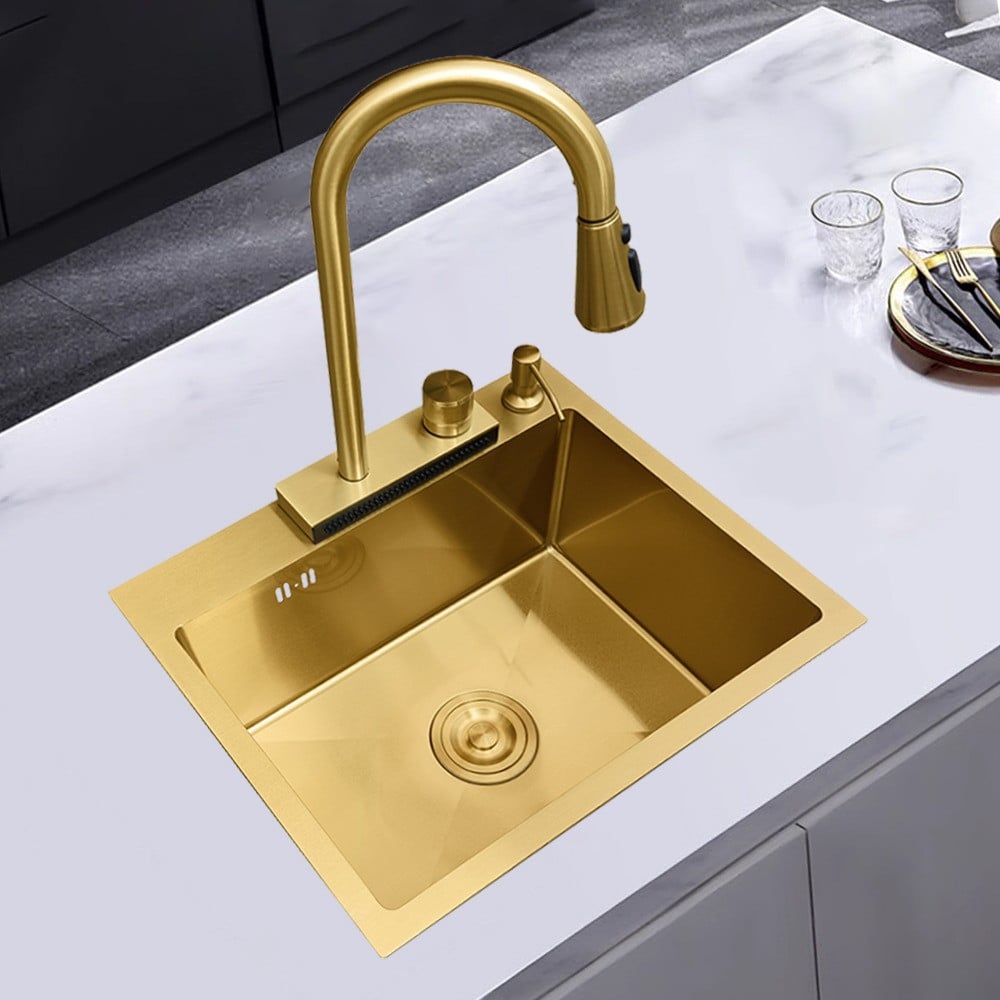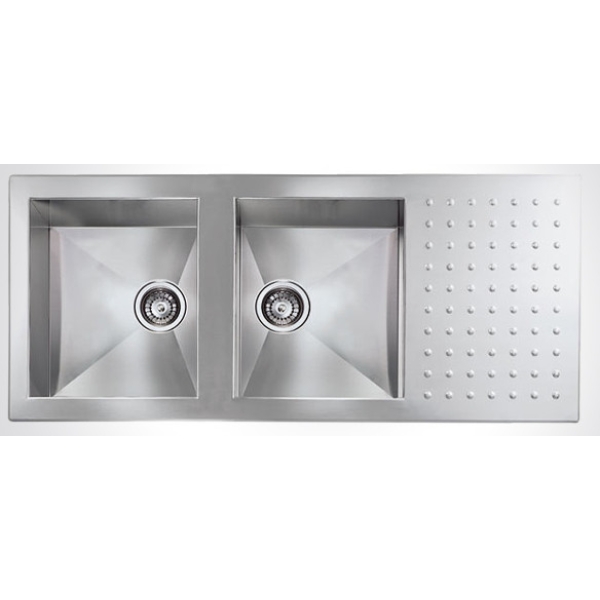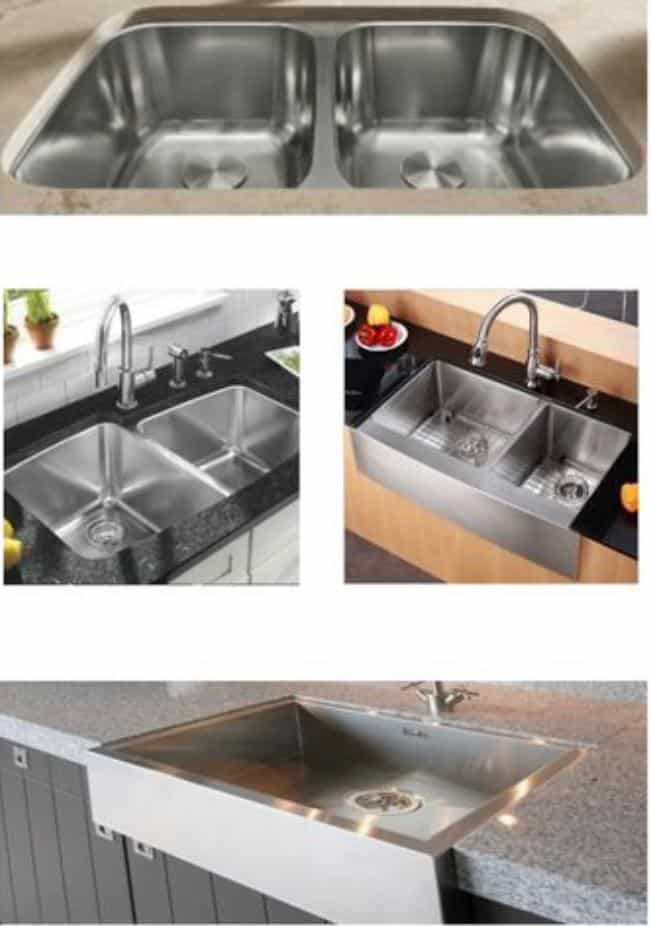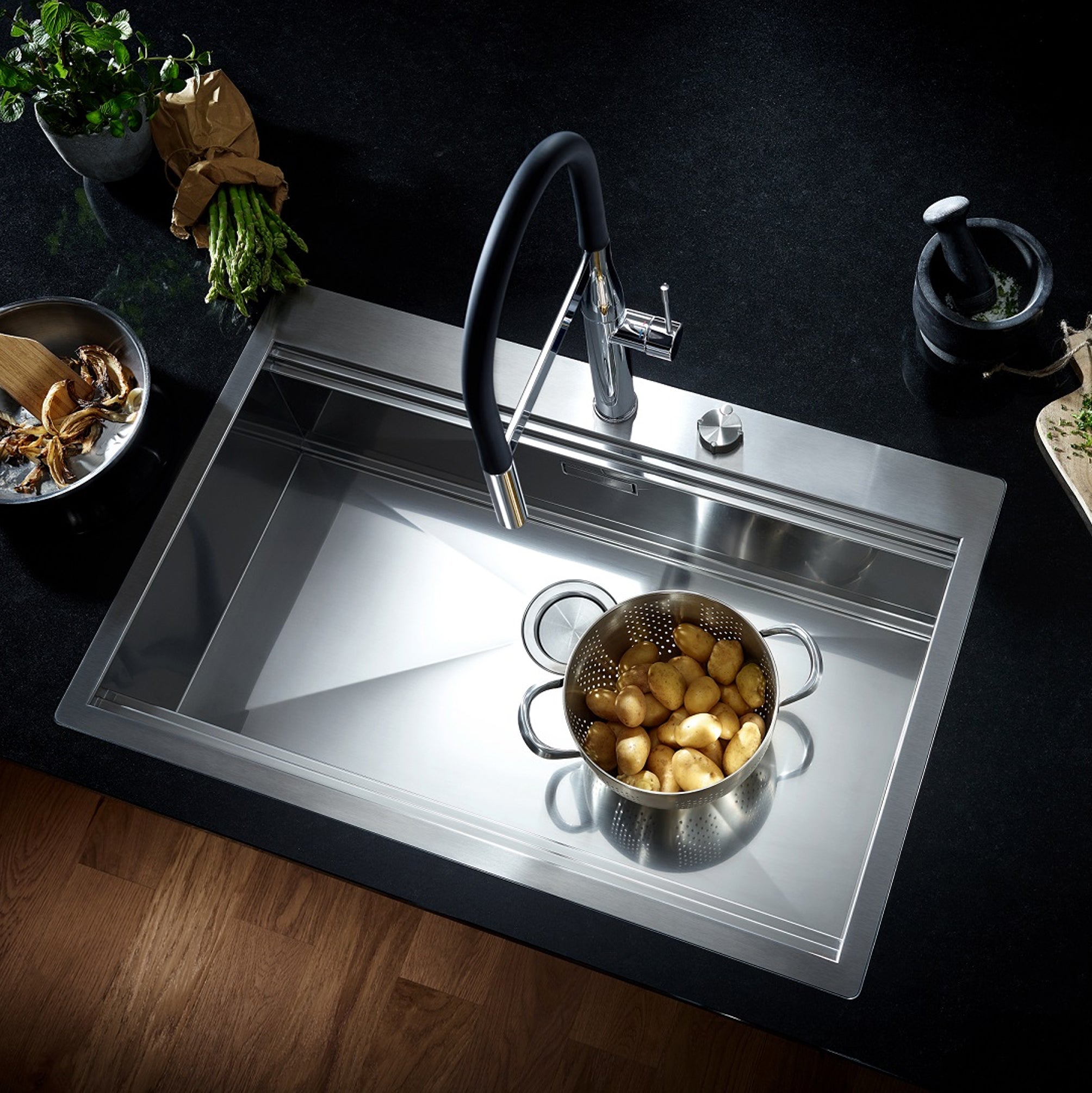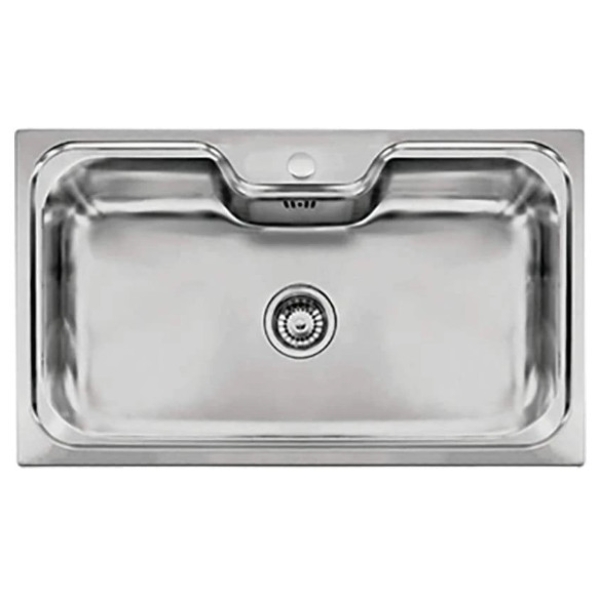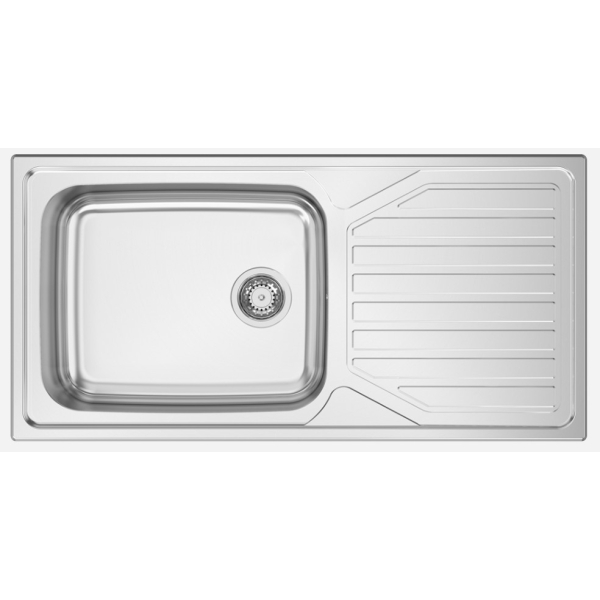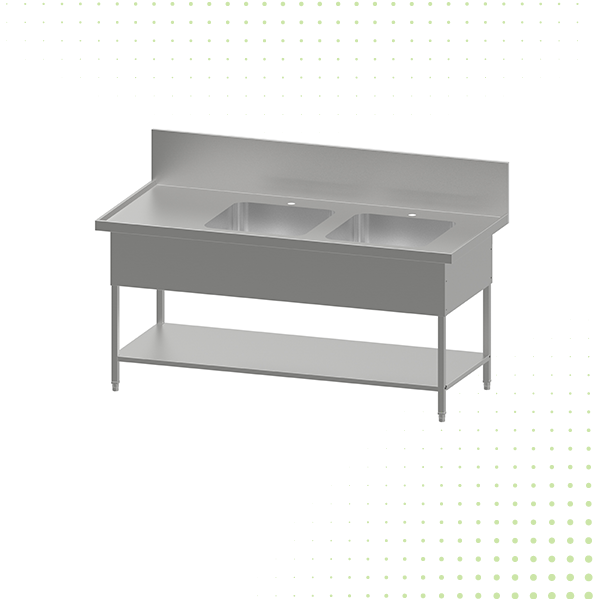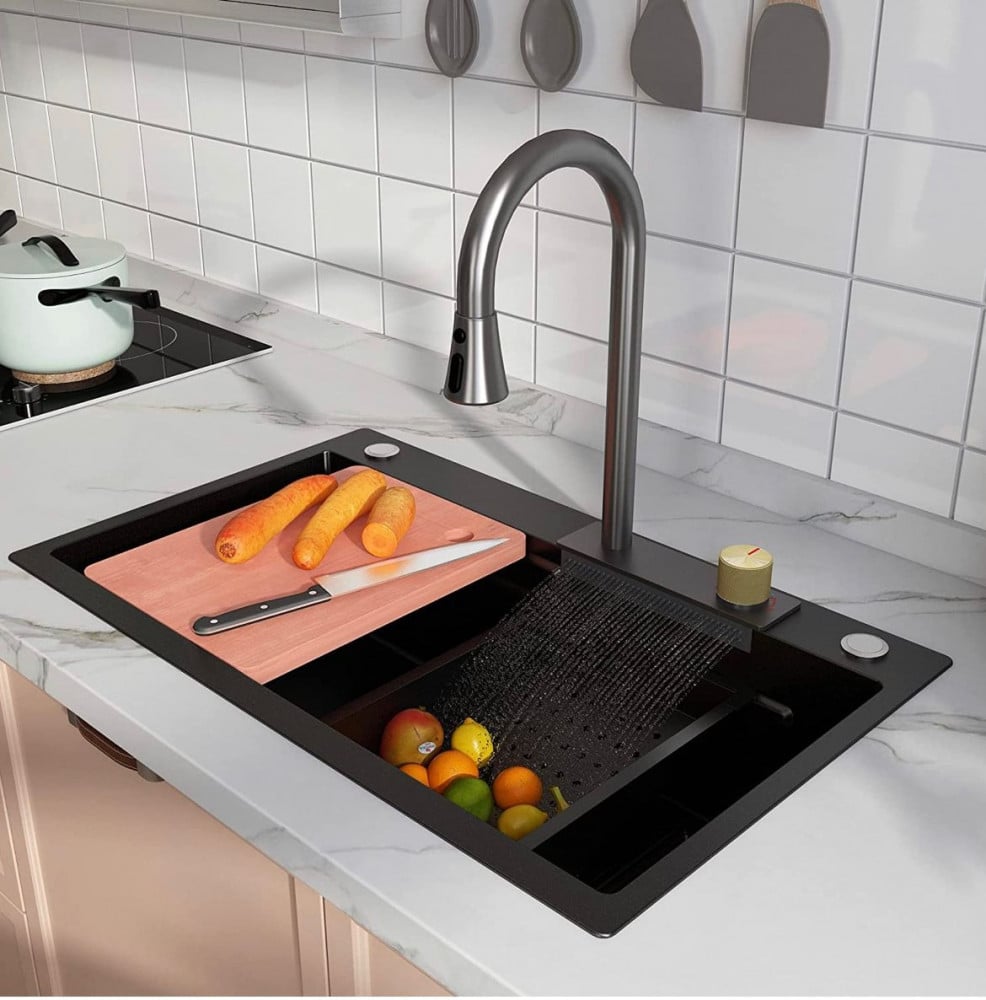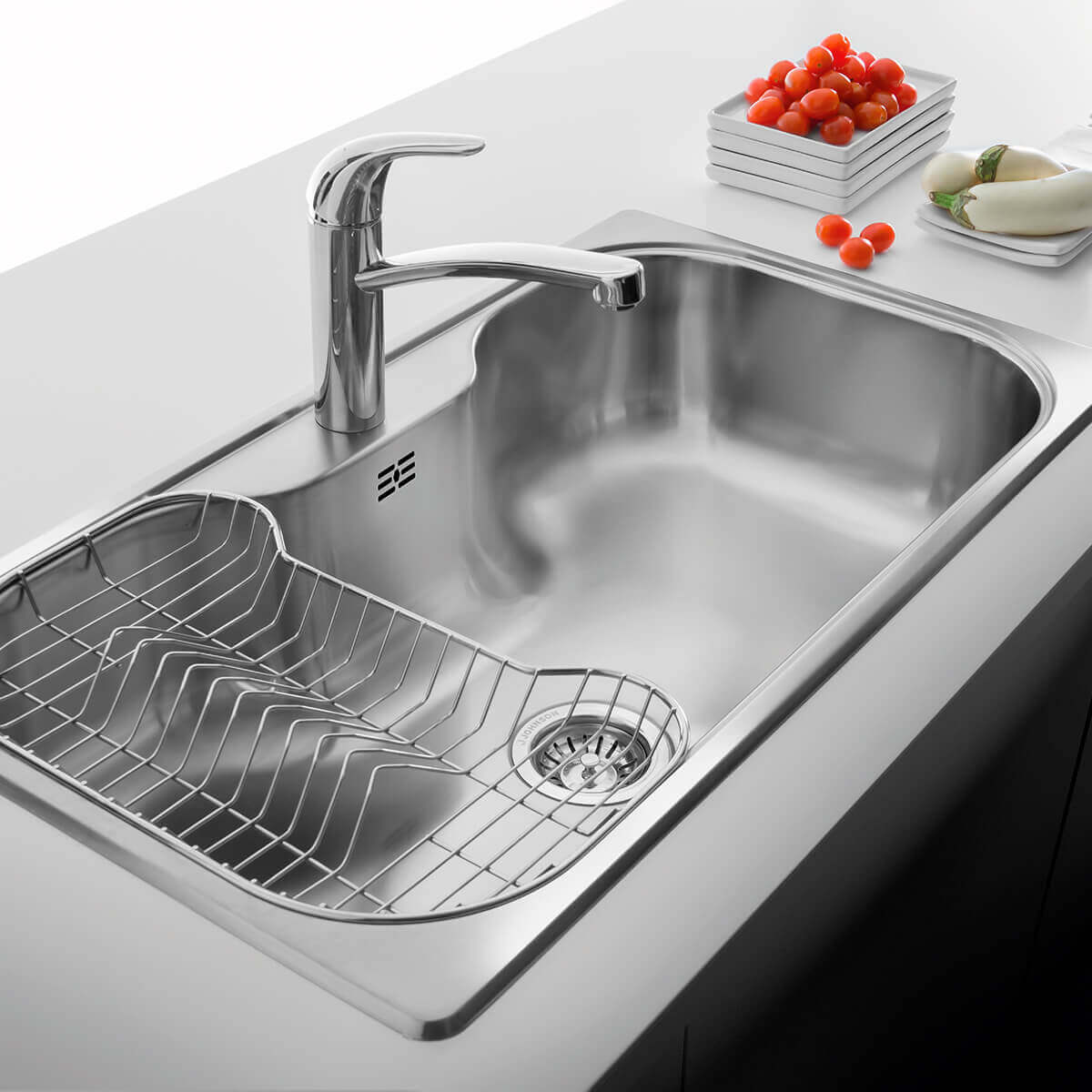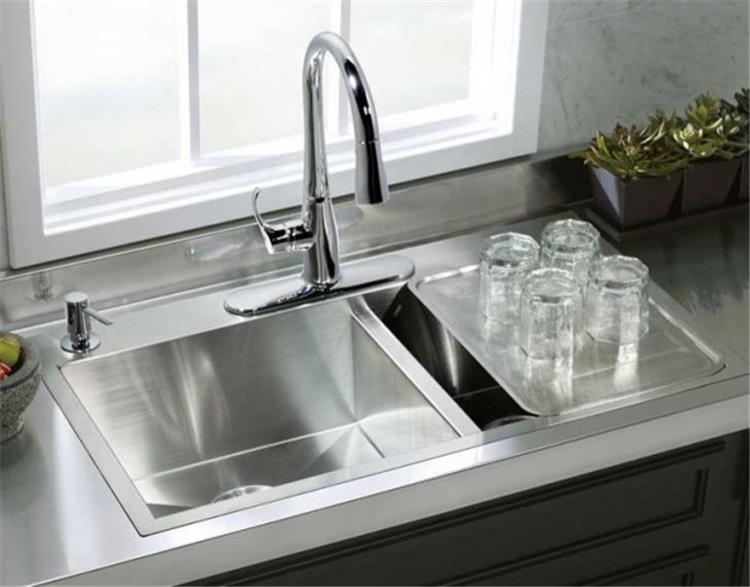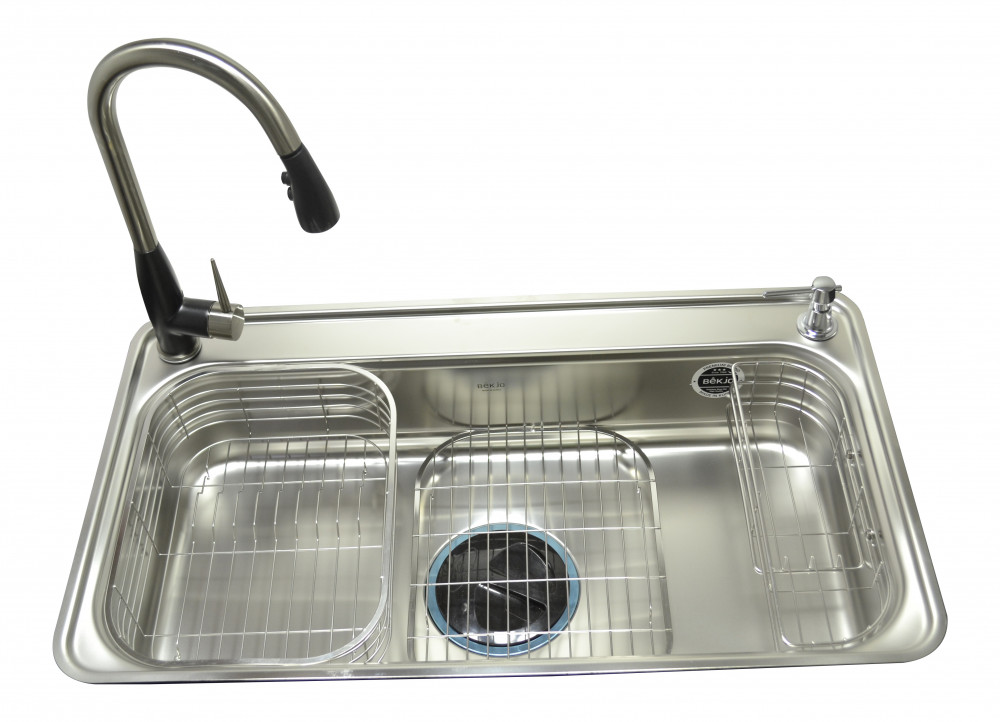
PANORAMA 3D 900 مغسلة مطبخ أنيقة من الاستانلس ستيل المقاوم للصدأ (304) من بيكجو صناعة كورية – مقاس 900 ملم ورقم الموديل 3D 900 واسم الموديل PANORAMA اللون فضي و أبعاد المنتج 900*520*206 MM - البجعة العالمية للتجارة

اشتري اونلاين بأفضل الاسعار بالسعودية - سوق الان امازون السعودية: مغسلة، حوض مطبخ من الستانلس ستيل، حوض المطبخ او البار او حوض تحضير المطبخ (اللون: فضي) (المقاس: 58 × 43 × 21 سم) (68 × 45 × 21.5 سم) : الأعمال اليدوية والأدوات
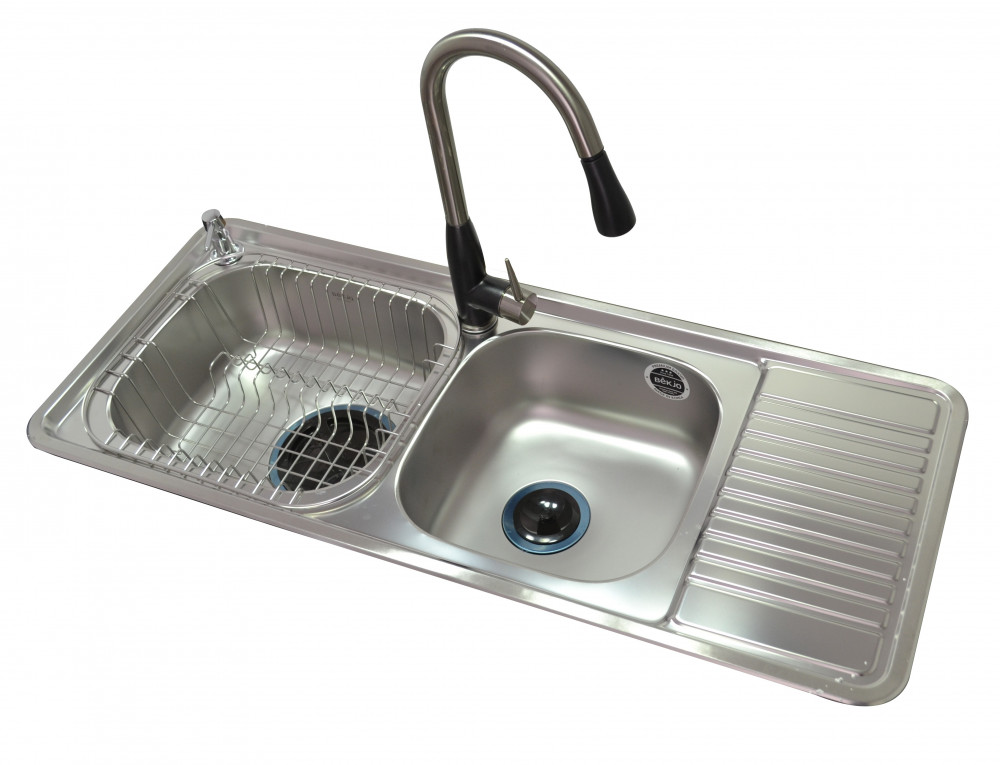
LTT ID 1100 مغسلة مطبخ أنيقة من الاستانلس ستيل المقاوم للصدأ (304) من بيكجو صناعة كورية – مقاس 1100 ملم ورقم الموديل ID 1100 واسم الموديل LTT اللون فضي و أ1100*450بعاد المنتج *
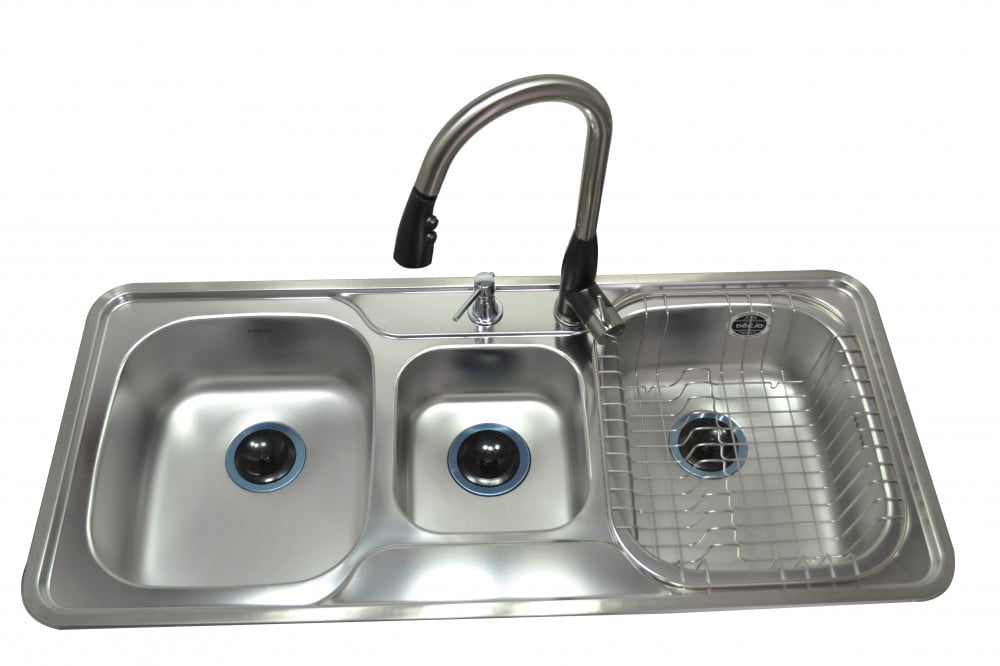
محلي - IST 1100 مغسلة مطبخ أنيقة من الاستانلس ستيل المقاوم للصدأ (304) من بيكجو صناعة كورية – مقاس 1100 ملم ورقم الموديل IST 1100 واسم الموديل THREE EYES اللون فضي و أبعاد المنتج 1100*500*192 ملم
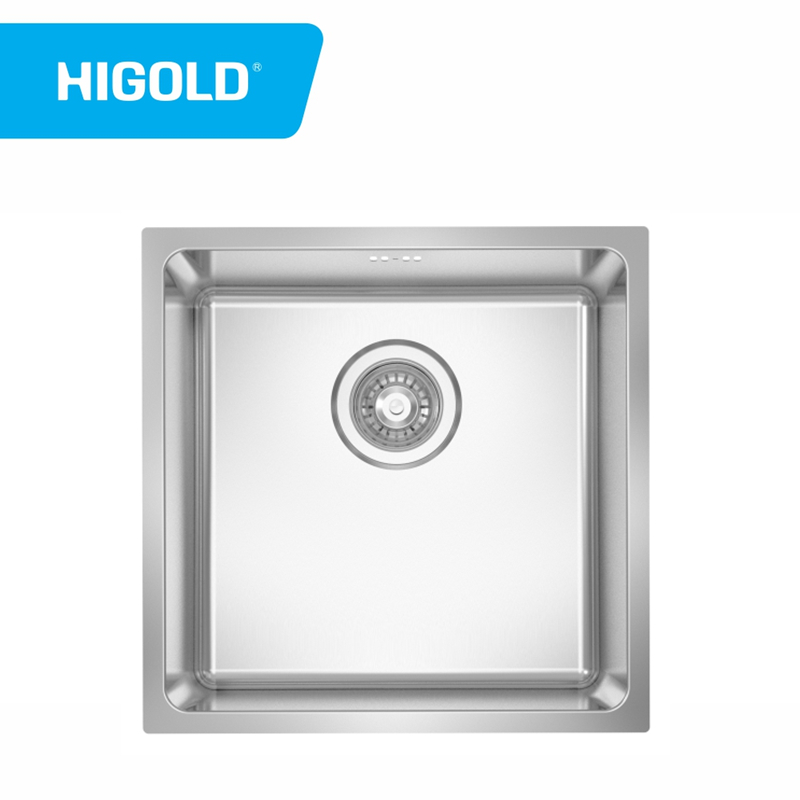
مغسلة مضغوطة R20 SUS304 حوض مطبخ من الفولاذ المقاوم للصدأ بوعاء واحد, انخفاض سعر مغسلة مضغوطة R20 SUS304 حوض مطبخ من الفولاذ المقاوم للصدأ بوعاء واحد المشتريات

FLAMINGO QUITE 983 مغسلة مطبخ أنيقة من الاستانلس ستيل المقاوم للصدأ (304) من بيكجو صناعة كورية – مقاس 983 ملم ورقم الموديل QUITE 983 واسم الموديل FLAMINGO اللون فضي و أبعاد المنتج 983*513*220 MM - البجعة العالمية للتجارة
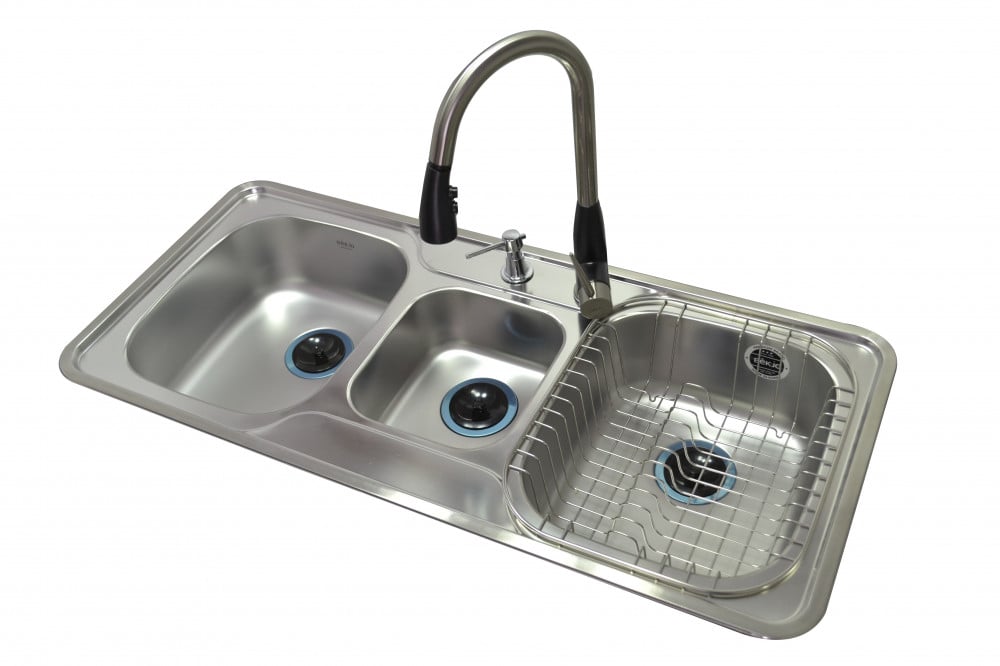
محلي - IST 1100 مغسلة مطبخ أنيقة من الاستانلس ستيل المقاوم للصدأ (304) من بيكجو صناعة كورية – مقاس 1100 ملم ورقم الموديل IST 1100 واسم الموديل THREE EYES اللون فضي و أبعاد المنتج 1100*500*192 ملم

مغسلة مطبخ رخام | طقم حوض مطبخ ذكي فردي من الستانلس ستيل 304 بتدفق ماء بتصميم شلال مع صنبور قابل للسحب ومغسلة للاكواب 13 قطعة (اللون: اسود - رمادي، المقاس: 80 × 46 سم)

Milano BL-834 Single Bowl Kitchen Sink | Kitchen Sinks | Plumbing Fittings | Plumbing | Hardware & Tools | All Brands | SACO Store
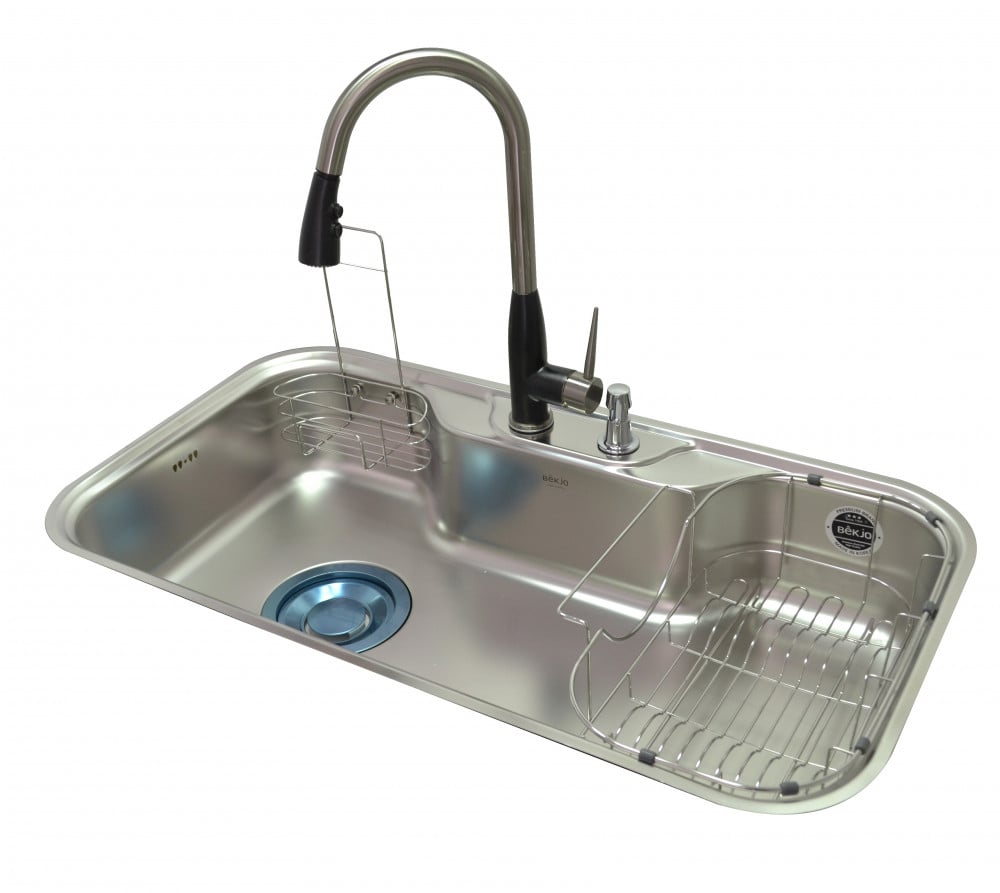
COMBO HD 950 مغسلة مطبخ أنيقة من الاستانلس ستيل المقاوم للصدأ (304) من بيكجو صناعة كورية – مقاس 950 ملم ورقم الموديل HD 950 واسم الموديل COMBO اللون فضي و أبعاد المنتج 950*515*210 MM - البجعة العالمية للتجارة

اشتري اونلاين بأفضل الاسعار بالسعودية - سوق الان امازون السعودية: بيوهيه مجموعة مغسلة مطبخ بتصميم شلال من الستانلس ستيل 304 مع صنبور قابل للسحب، حوض زجاجي مضغوط مع صنبور قابل للسحب :

حوض مغسلة مطبخ folie حوض أحادي مزدوج ثلاثي مستطيل للمطبخ مساعد منزلي لسفينة المطبخ الخاصة بك من الخارج - AliExpress
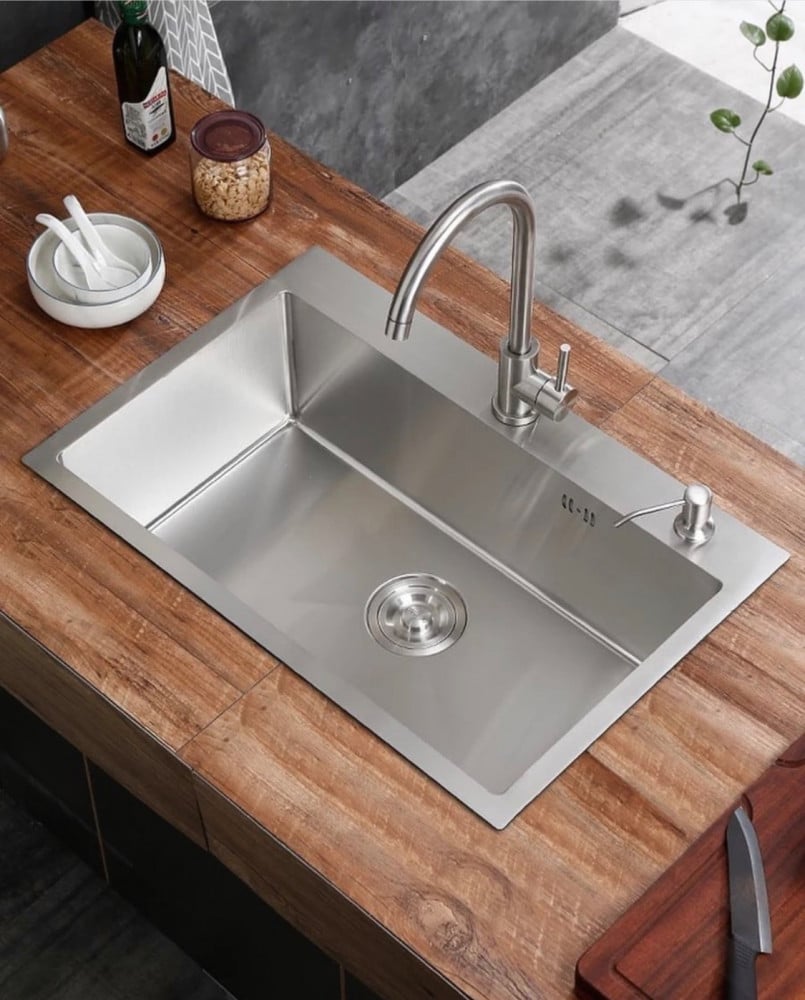
مجلى حوض للمطبخ ستانلس ستيل نانو - استيليا - استيليا - اللمسة المثالية التي تساعدك في تجهيز مطبخك باتقان وابداع

سعر رف لتجفيف الاطباق فوق حوض مغسلة المطبخ والمنضدة قابل للف والطي بتصميم مصنوع من اسلاك من الستانلس ستيل، 20 انبوب، مقاس 52 × 40 سم، فضي فى السعودية | بواسطة امازون السعودية | كان بكام

اشتري اونلاين بأفضل الاسعار بالسعودية - سوق الان امازون السعودية: مغسلة مطبخ بحوض احادي مثبت عند الاسفل، بمعيار 18 ومقاس 32 انش، من الستانلس ستيل (حزمة بـ9 قطع، وهي مغسلة، شبكة سفلية،

مطابخ شروق مسقط | مغاسل استانلس ستيل مع محتوياتها ضد الصدأ باللون الذهبي واللون الإستانلس جو... | Instagram
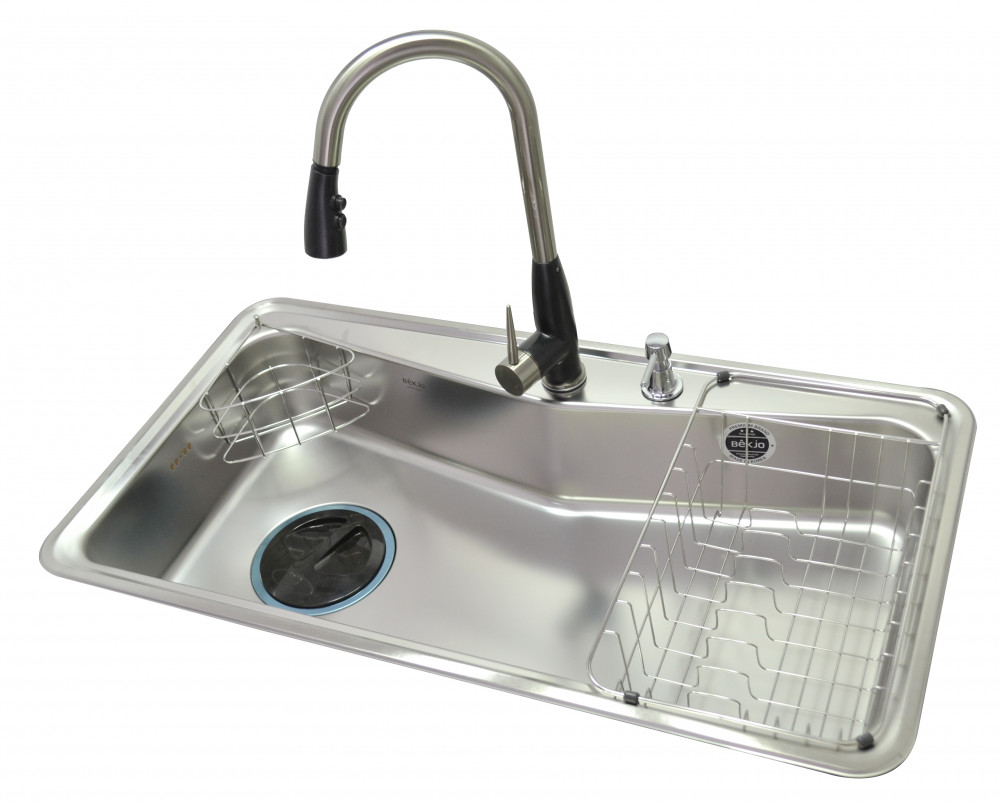
LOUTUS VS 950 مغسلة مطبخ أنيقة من الاستانلس ستيل المقاوم للصدأ (304) من بيكجو صناعة كورية – مقاس 950 ملم ورقم الموديل VS 950 واسم الموديل LOUTUS اللون فضي و أبعاد المنتج 950*515*200 MM - البجعة العالمية للتجارة
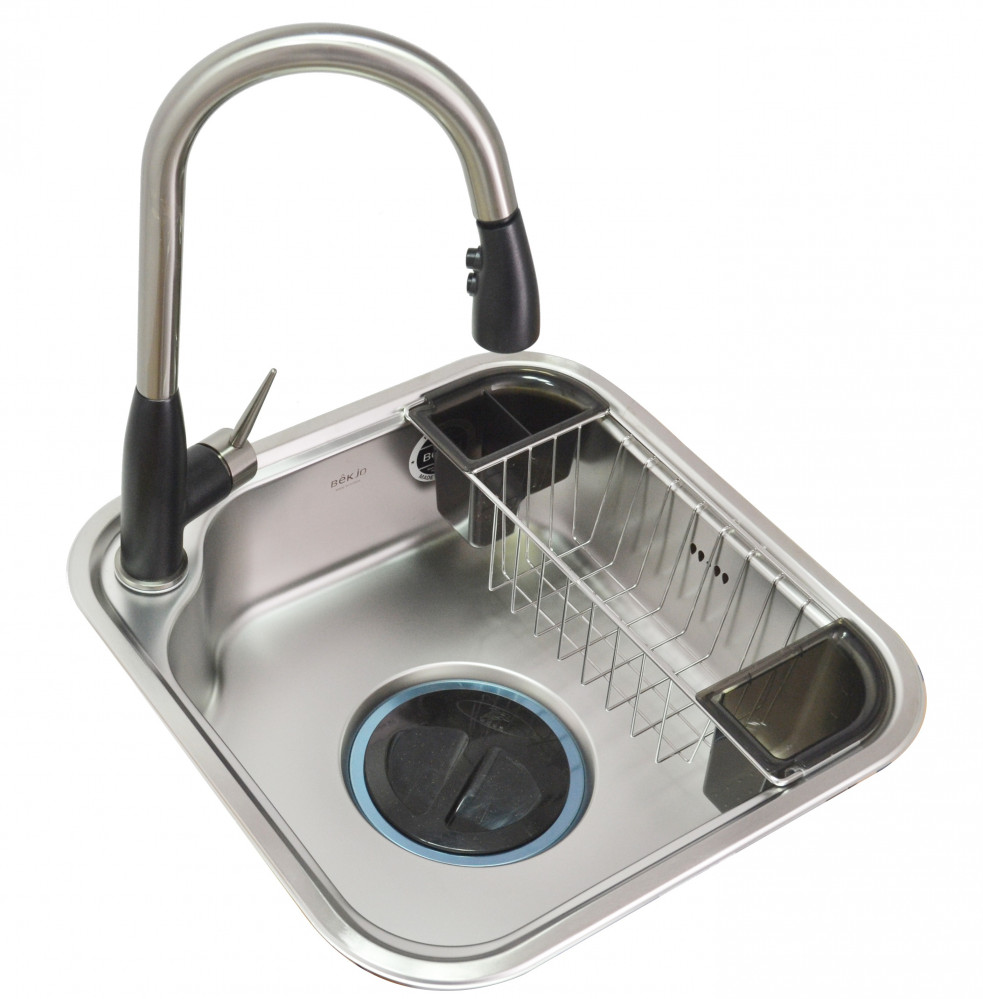
Calla HN 500 مغسلة مطبخ أنيقة من الاستانلس ستيل المقاوم للصدأ (304) من بيكجو صناعة كورية – مقاس 500 ملم ورقم الموديل HN 500 واسم الموديل Calla اللون فضي و أبعاد المنتج 500*500*180 ملم - البجعة العالمية للتجارة
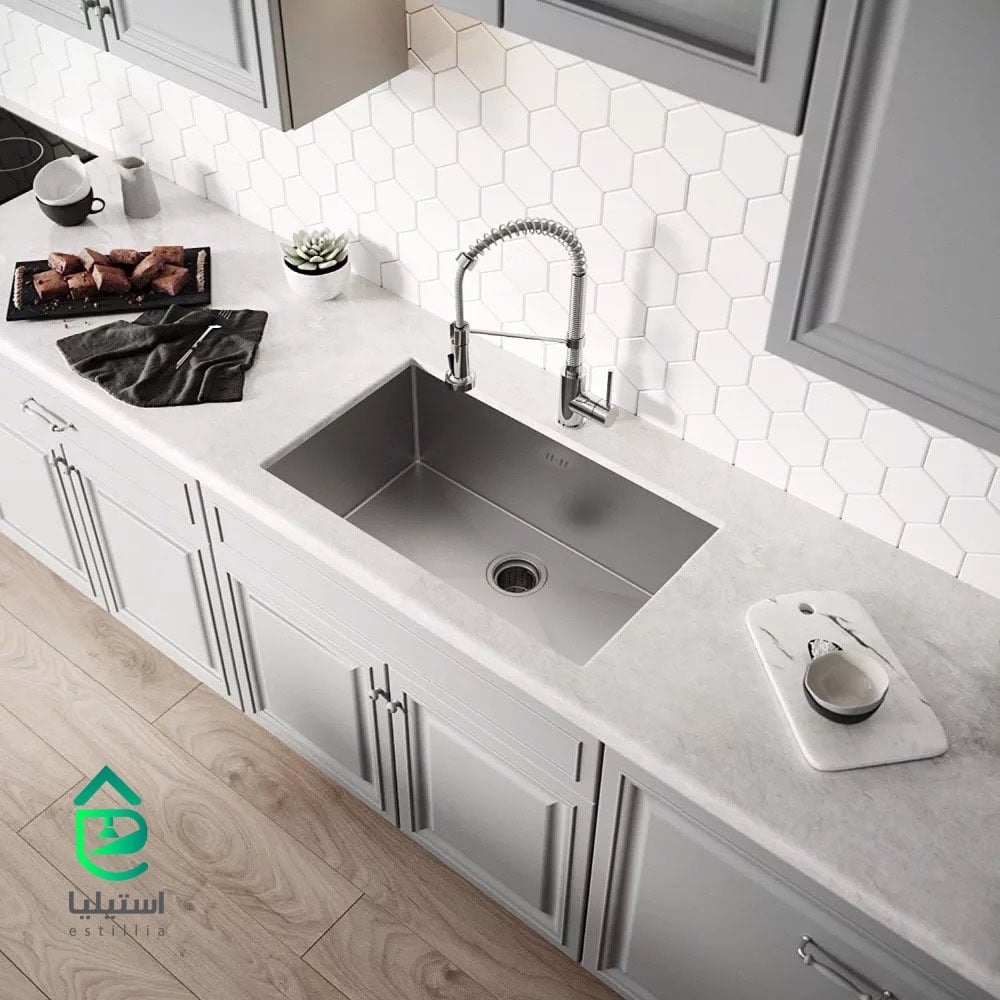
مجلى حوض واحد للمطبخ لتحت الرخام ستانلس ستيل نانو - استيليا - استيليا - اللمسة المثالية التي تساعدك في تجهيز مطبخك باتقان وابداع

نانو 304 حوض مطبخ ستنلس ستيل ذهبي طاولة مغسلة المطبخ تحت حوض كبير واحد سميكة دليل مغسلة صغيرة - AliExpress
